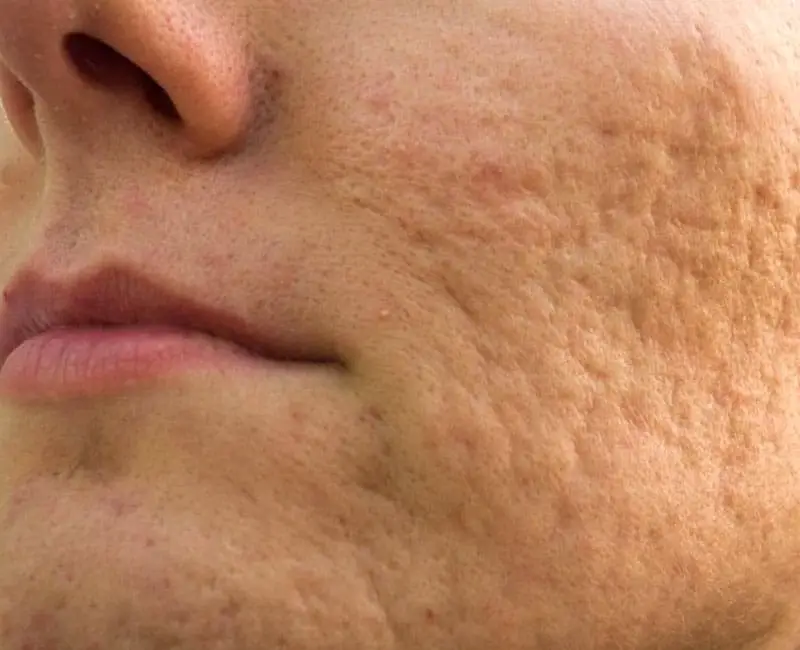Acne, which is one of the common skin condition, can leave behind various types of scars, which can be quiet challenging to treat. One among of the scar is rolling scars, which are seen in around 20% of individuals. These scars can significantly affect one’s appearance and self-esteem, but with latest prevention and treatment options, the acne scars can be resurfaced to the skin with minimum downtime.
Here at FMS Skin & Hair Clinics, after the thorough examination by the dermatologist, we offer a customized treatment depending on the extent and the severity of the scars.
ROLLING SCAR TREATMENT AT FMS— We do a combination of procedures. We start usually with subscision where the band of tissue is broken with help of needle. Few sessions may be required. This is followed by MNRF and Fractional lasers for a better result.
Address:
Door No. 8-2-293/82/A/725/A, Beside FMS
INTERNATIONAL DENTAL CENTER Road No. 37,
Hitech City Rd, near Daspalla Hotel, CBI Colony,
Jubilee Hills, Hyderabad, Telangana 500033
Email: [email protected]

Rolling scars are one of type of atrophic acne scar characterized by their wave-like or undulating appearance. These scars create a texture of uneven surface on the skin, often becoming more noticeable with age as the skin loses its elasticity and become saggy. Unlike other types of acne scars, such as ice pick scars or boxcar scars, rolling scars have smooth, rounded edges and they tend to be more shallow. Rolling scars are attached to lower dermis, with a fibrous band of scar. Because of this, they have a tethering appearance on the skin. They are usually present on larger surface of skin, particularly on the cheeks and temples.
Appearance: Rolling scars are broad depressions with rounded, sloping edges. They create a wave-like effect on the skin’s surface, which becomes more pronounced as the skin ages and loses elasticity.
Location: These scars are often found on the lower cheeks and temples, areas where the skin is thicker and more prone to deep, cystic acne.
Texture: The undulating surface caused by rolling scars gives the skin an uneven texture, which becomes more apparent under certain lighting conditions.
Rolling scars occur when the skin’s healing process is disrupted after severe acne. Several factors contribute to their development:
Treating rolling scars often requires a combination of approaches tailored to the specific needs of the individual. Both at-home treatments and professional procedures can help improve the appearance of these scars.
At-Home Treatments
Professional Treatments
Choosing the Right Treatment
Selecting the appropriate treatment for rolling scars depends on several factors, including the severity of the scars, skin type, and individual preferences. Rolling scars, with their wave-like texture, can be a persistent reminder of past breakouts. However, with a variety of effective treatments available, significant improvement is possible. From at-home treatments like retinoids and chemical exfoliants to professional procedures such as microneedling, subcision, and laser therapy, there are numerous options to help smooth and rejuvenate the skin. Consulting with an Expert dermatologist ensures that the chosen treatment plan is both safe and suited to your specific skin needs. With patience and consistent care, achieving a smoother, more even complexion is within reach.
Email: [email protected]